
Table of Contents
-
Understanding Etsy’s Multi-Layered Fee Maze
-
Listing Fees: The $0.20 That Adds Up Fast
-
Transaction Fees: Why Etsy Takes More Than You Think
-
Advertising Costs: When Promotion Becomes Expensive
-
Manual Fee Calculation: Your DIY Approach
-
Digital Tools: Calculators That Do the Heavy Lifting
-
Pricing Strategies That Actually Work
-
Fee Minimization: Smart Tactics for More Profit
-
Tax Planning: Making Fees Work for You
-
Long-Term Profitability: Scaling Without Bleeding Money
-
Final Thoughts
TL;DR
-
Etsy charges $0.20 per listing (renewed every 4 months), 6.5% transaction fees, and 3-4% payment processing fees on every sale
-
Off-site ads become mandatory once you hit $10,000 in annual sales, adding another fee layer you can’t escape
-
Manual calculations follow this formula: Net Profit = (Item Price + Shipping) – All Fees – Your Costs
-
Digital calculators and spreadsheet templates can automate complex fee calculations and scenario planning
-
Strategic pricing should account for all fees upfront, not as an afterthought when profits disappoint
-
Bundle products and optimize listings to spread fees across higher transaction values
-
All Etsy fees are tax-deductible business expenses when properly documented and categorized
Understanding Etsy’s Multi-Layered Fee Maze
Look, I’m just going to say it – Etsy’s fee system is a hot mess. I’ve been watching sellers struggle with this for years, and I still see people staring at their profit margins wondering where all their money went. With over 121,119+ Etsy sellers using tools like Alura to grow their Etsy shop, figuring out these etsy fees has become more critical than ever.
You’re dealing with multiple charges that stack on top of each other like some kind of financial Jenga tower. Each layer serves Etsy’s business model while directly impacting your bottom line. Similar to how businesses need comprehensive retail math strategies to optimize profitability, understanding Etsy’s complete fee ecosystem requires you to dig into every single cost component.
When I started, I was like most newbies – I saw that twenty-cent listing fee and thought “no big deal.” Boy, was I wrong. The real impact comes from understanding how these etsy fees compound across your entire operation. When you’re selling dozens or hundreds of items, those small percentages become serious money.
Here’s what nobody tells you until it’s too late – Etsy charges fees on your shipping costs. Yeah, you read that right. That 6.5% transaction fee? It’s calculated on your total sale price including shipping, which means they’re taking a cut of money that goes straight to UPS. According to Craftybase’s fee calculator data, Etsy takes 6.5% of your revenue as part of their transaction fee, which includes shipping costs to the customer, with payment processing fees adding another layer on top of this base commission.
I nearly threw my laptop when I figured this out. Sellers think they’re being smart by charging exact shipping costs, only to realize they’re paying Etsy for the privilege of passing money to the postal service. Using an etsy fee calculator early in your selling journey helps you avoid these costly surprises.

Listing Fees: The $0.20 That Adds Up Fast
That innocent twenty-cent listing fee becomes a lot less innocent when you do the math. If you’re listing 50 products with 3 quantities each, you’re looking at $30 just to get your stuff visible on the platform. As confirmed by Alura’s fee calculator, Etsy charges a listing fee of $0.20 USD for each item that you list, and when you list multiple quantities of the same item, listings will be automatically renewed at $0.20 USD after each of the items sells.
The Four-Month Countdown
Your listing stays active for exactly four months from the moment you publish it. The four-month countdown sounds like a doomsday clock, and honestly, for slow-moving inventory, it kind of is. After that? Etsy automatically renews it for another $0.20 unless you’ve disabled auto-renewal in your shop settings.
Here’s what gets most sellers: the renewal happens whether your item sold or not. That vintage dress that’s been sitting in your shop for eight months? You’ve paid $0.40 in etsy listing fees alone, and it hasn’t generated a penny of revenue. Ouch.
Quantity Multiplication Reality
Each quantity of an item requires its own listing fee. List 10 identical handmade bracelets? That’s $2.00 upfront, not $0.20. This quantity-based system can create serious cash flow challenges, especially if you’re the type who likes to list big inventories.
Smart sellers often start with single quantities and add more as items prove they can actually sell. It’s better to pay additional listing fees on proven winners than to tie up money in fees for products that might just sit there. An etsy calculator can help you figure out different quantity strategies before you commit your cash.
Let me tell you about my earring disaster. I thought I was being smart by listing each color separately for my handmade earrings – 5 pairs in different colors. That cost me $1.00 in listing fees ($0.20 × 5). But if I’d created one listing with color variations, I would’ve only paid $0.20 total. Over a year with auto-renewals, separate listings cost $3.00 while the variation approach costs just $0.60. Yeah, I learned this one the expensive way.
Auto-Renewal: Friend or Foe?
Auto-renewal keeps your products visible without you having to remember to manually renew everything, but it also means fees keep piling up on stuff that’s not selling. I recommend checking your listings monthly and only manually renewing the products that actually justify the continued investment.
You can turn off auto-renewal in your shop settings, giving you complete control over which listings get renewed. This approach requires more hands-on management but can seriously cut down on unnecessary fee accumulation. Using an etsy calculator to track your renewal ROI helps you make smart decisions about which listings deserve continued investment.
|
Listing Strategy |
Initial Cost |
4-Month Renewal |
Annual Cost |
Best For |
|---|---|---|---|---|
|
Single Item |
$0.20 |
$0.20 |
$0.60 |
Testing new products |
|
5 Quantities |
$1.00 |
$1.00 |
$3.00 |
Popular items |
|
10 Quantities |
$2.00 |
$2.00 |
$6.00 |
Best sellers |
|
Variation Listing |
$0.20 |
$0.20 |
$0.60 |
Multiple colors/sizes |
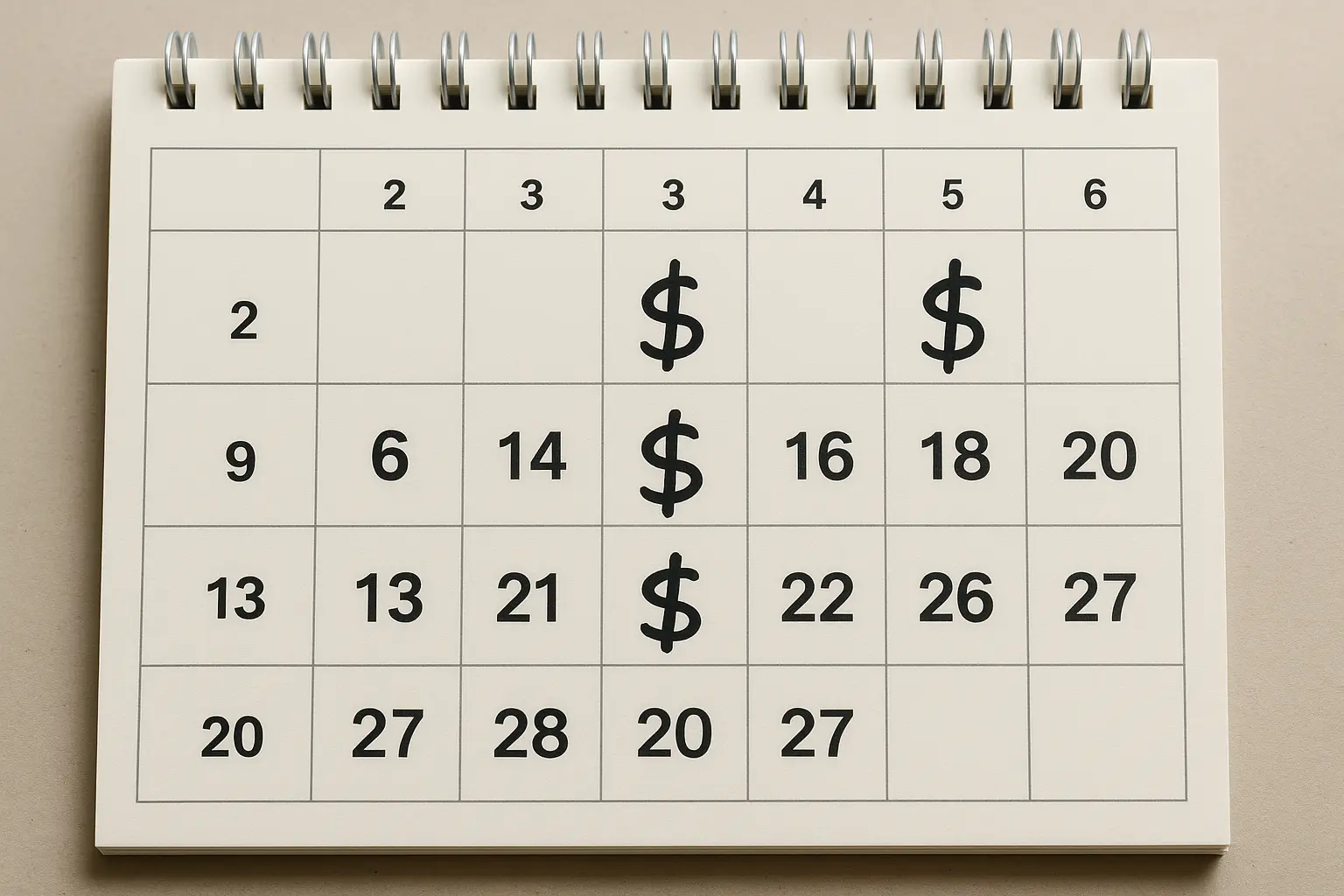
Transaction Fees: Why Etsy Takes More Than You Think
The 6.5% transaction fee hits every completed sale, but here’s the kicker – it’s calculated on your total transaction amount, including shipping. Sell a $20 item with $5 shipping? Etsy takes 6.5% of the full $25. This is where you discover how much does etsy take per sale becomes a much bigger number than you expected.
Etsy recently introduced “order earnings breakdown” tools that provide sellers with clearer post-purchase summaries showing exactly how much they make after Etsy fees and other costs are deducted, including shipping costs, marketing costs, transaction fees, and payment processing fees.
Payment Processing: The Double Dip
On top of transaction fees, you’ll pay payment processing fees ranging from 3% to 4% plus $0.25 per transaction. The exact rate depends on where you are and how the buyer pays, but expect this additional layer on every single sale.
These processing fees aren’t optional – they’re automatically yanked from every payment you receive. A $25 sale might cost you $1.63 in transaction fees plus another $1.00-$1.25 in processing fees, bringing your total fee burden to nearly $3.00 before you’ve covered any business expenses. According to Craftybase’s analysis, US sellers are charged 3% + $0.25 USD for payment processing fees, which are calculated from the item’s total sale price including shipping fees, and taxes may be applicable.
International Complications
Oh, and if you’re selling internationally? Surprise! More fees. International sales can trigger additional currency conversion fees and higher processing rates. These extra charges can add 1-2% to your total fee burden, which becomes significant for sellers with global customer bases.
Factor these international fees into your pricing strategy if you ship worldwide. What seems like a profitable international sale can quickly turn marginal when all etsy fees are properly calculated.
The Shipping Fee Trap
This part drives me absolutely crazy. Many sellers make the mistake of thinking shipping fees are “pass-through” costs that don’t affect profitability. Since Etsy charges transaction fees on shipping, you’re essentially paying them a commission on money that goes directly to shipping carriers.
Just build shipping costs into your item prices and call it “free shipping.” Trust me on this one. This strategy can improve your search ranking while reducing your effective fee rate.
Here’s a real example: consider a $30 handmade scarf with $8 shipping. Traditional pricing results in: $38 total × 6.5% = $2.47 transaction fee, plus $1.39 processing fee (3% + $0.25) = $3.86 total fees. Alternative “free shipping” pricing at $38 with $0 shipping: $38 × 6.5% = $2.47 transaction fee, plus $1.39 processing fee = $3.86 total fees. The fees are identical, but the free shipping version ranks higher in search results.

Advertising Costs: When Promotion Becomes Expensive
Etsy’s advertising options can boost your visibility, but they also add another layer of costs that directly impact your profitability. The trick is figuring out when advertising spend actually makes you money versus when it’s just burning cash. Just as high-impact blog topics require strategic planning, Etsy advertising success demands careful keyword research and budget allocation to maximize return on investment.
Etsy Ads: Your Voluntary Investment
Etsy Ads work on a cost-per-click model where you set daily budgets and bid on keywords. Most sellers find success with daily budgets between $2-10, but the right amount varies wildly based on what you’re selling and your profit margins.
Cost-per-click rates typically range from $0.20 to $1.00, though competitive categories during peak seasons can push rates way higher. A single click doesn’t guarantee a sale, so you need to factor conversion rates into your advertising ROI calculations. An etsy calculator becomes essential for determining whether your ad spend actually generates profit.
Budget Optimization Without Going Broke
Start conservatively with $2-5 daily budgets and watch your return on ad spend (ROAS) like a hawk. If you’re generating profitable sales, gradually bump up your budget. If your ads aren’t converting, pause them and fix your listings before throwing more money at the problem.
Track your advertising performance through Etsy’s analytics dashboard, focusing on conversion rates and overall profitability per campaign rather than just click-through rates or impressions. The etsy cost of advertising can quickly spiral out of control if you’re not watching these metrics religiously.
Off-Site Ads: The Mandatory Tax
Once your annual sales hit $10,000, Etsy automatically enrolls you in their off-site ads program. You can’t opt out at this level – it becomes a mandatory cost of doing business on the platform. Yeah, it’s as fun as it sounds.
Off-site ads promote your products on Google, Facebook, and other external platforms. While this can drive additional traffic, it also means paying advertising fees on sales you might have generated organically through other channels.
The off-site ads fee structure varies, but it typically ranges from 12-15% of your sale price when a customer clicks through an off-site ad and makes a purchase. This fee is in addition to all other Etsy fees, making these sales significantly less profitable.
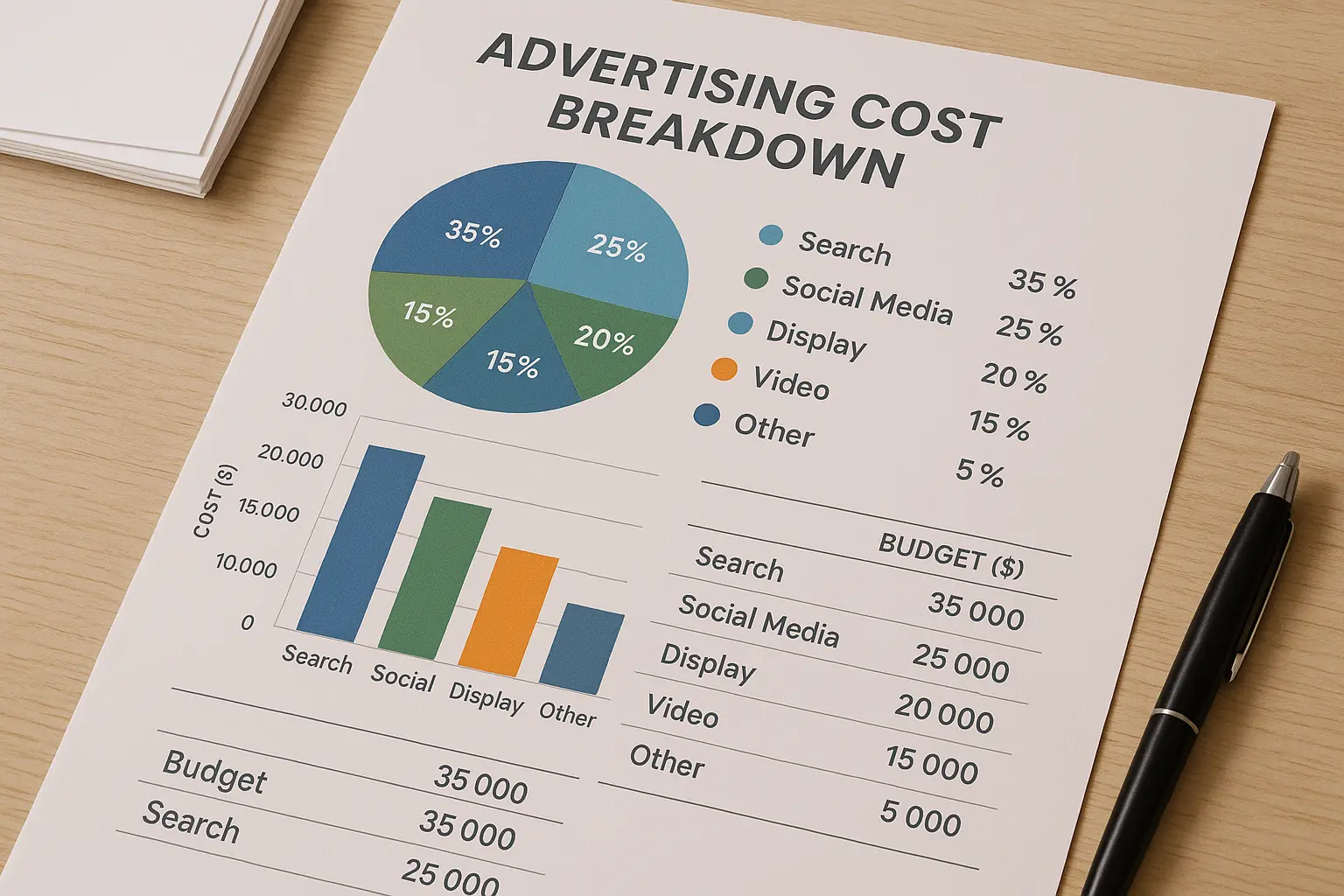
Manual Fee Calculation: Your DIY Approach
Calculating fees manually gives you complete transparency into your costs and helps you understand exactly where your money’s going. While it takes more time than using automated tools, this hands-on approach builds the financial literacy every successful seller needs.
The Master Formula
Here’s the math that’ll either make you cry or motivate you to raise your prices: Net Profit = (Item Price + Shipping) – Listing Fee – Transaction Fee (6.5%) – Payment Processing Fee – Advertising Costs – Your Product Costs.
Let me walk you through a real example. You sell a handmade necklace for $30 with $5 shipping:
-
Gross Revenue: $35
-
Transaction Fee: $2.28
-
Payment Processing: $1.30 (3.7% + $0.25)
-
Listing Fee: $0.20
-
Total Fees: $3.78
Before accounting for materials, time, and other business expenses, Etsy’s fees consumed nearly 11% of your gross revenue. This is why learning to calculate etsy fees manually is so valuable – it shows you exactly where your money’s going.
Shipping Integration Strategy
Since transaction fees apply to shipping costs, think carefully about your shipping strategy. Charging $5 for shipping means paying $0.33 in transaction fees on money that goes directly to the postal service. It’s maddening, but that’s how it works.
Many successful sellers build shipping costs into their item prices and offer “free shipping.” This approach can improve search rankings while reducing your effective fee rate. An etsy fee calculator can help you model different shipping strategies to find the most profitable approach.
Complex Scenario Planning
International sales, bulk orders, and promotional discounts create calculation challenges that require more sophisticated approaches. Currency conversion fees can add 1-2% to international transactions, while multi-item orders may consolidate some payment processing fees.
When buyers purchase multiple items, each item still gets hit with its own listing fee, but payment processing fees are typically calculated once per order. This consolidation can improve your fee efficiency on larger orders.
Fee Calculation Cheat Sheet:
-
Calculate total sale price including shipping
-
Apply 6.5% transaction fee to total
-
Add payment processing fee (3% + $0.25 for US sellers)
-
Include $0.20 listing fee per item
-
Factor in advertising costs if applicable
-
Add off-site ads fee (12-15%) if sale came from external ad
-
Subtract material and labor costs
-
Review final profit margin (and maybe pour yourself a drink)
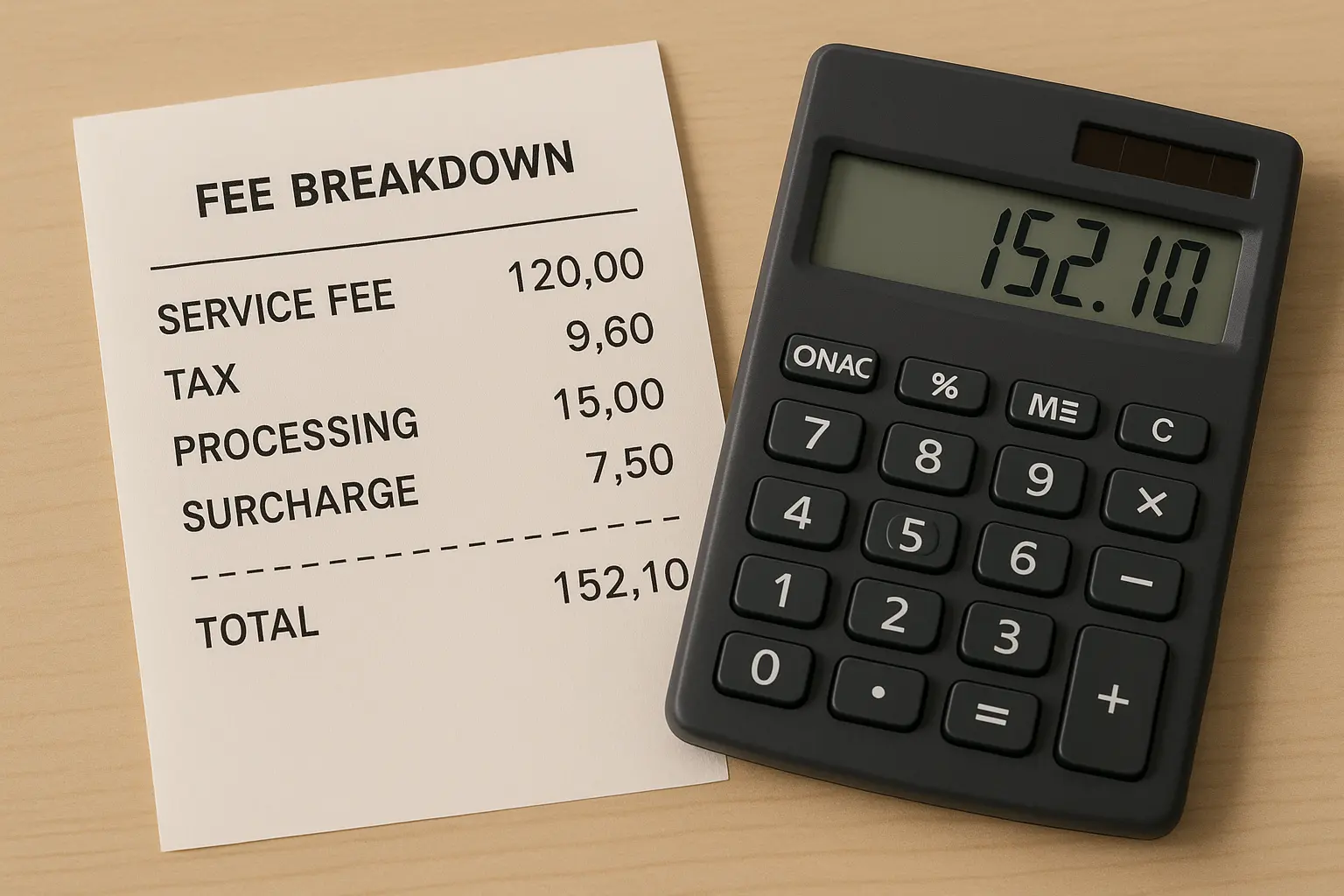
Digital Tools: Calculators That Do the Heavy Lifting
Digital tools can automate the tedious math while giving you instant insights into your profitability . The key is finding calculators that account for all fee types and allow for scenario planning across different pricing strategies. Much like choosing between Ahrefs vs SEMrush for SEO analysis, selecting the right etsy fee calculator depends on your specific needs and business complexity.
Online Calculator Benefits
Several websites offer free Etsy fee calculators that instantly compute your total fees and suggest retail prices based on desired profit margins. These tools are particularly useful for quick pricing decisions and comparing profitability across different products.
Look for calculators that include all fee types – listing, transaction, payment processing, and advertising costs. Basic calculators that only account for transaction fees will give you misleadingly rosy profit projections, and trust me, you don’t want that surprise.
Spreadsheet Power Tools
Custom Excel or Google Sheets templates give you the most flexibility for complex calculations and business planning. You can build formulas that account for your specific costs, track profitability over time, and model different pricing scenarios.
I’m a bit of a spreadsheet nerd, so I built my own template that tracks everything. It’s way more work upfront, but once you have it set up, it becomes your business command center.
Custom Formula Development
Build spreadsheet formulas that incorporate your material costs, time investment, and desired profit margins alongside Etsy’s fees. This comprehensive approach helps you make pricing decisions based on complete cost information rather than just fee calculations.
Include columns for seasonal variations in advertising costs and different shipping strategies. This level of detail helps you optimize pricing for different times of year and customer segments. Advanced spreadsheet users can create dynamic models that automatically adjust pricing recommendations based on changes in material costs, fee structures, or profit margin targets.
An etsy profit calculator built in spreadsheet form becomes your business command center, tracking everything from individual product profitability to overall business performance trends.
|
Tool Type |
Cost |
Best Features |
Ideal For |
|---|---|---|---|
|
Online Calculators |
Free |
Quick calculations, instant results |
New sellers, simple products |
|
Basic Spreadsheets |
Free |
Customizable, track history |
Growing businesses |
|
Advanced Templates |
$10-50 |
Automation, scenario planning |
Established sellers |
|
Professional Software |
$20-100/month |
Integration, reporting, analytics |
High-volume sellers |
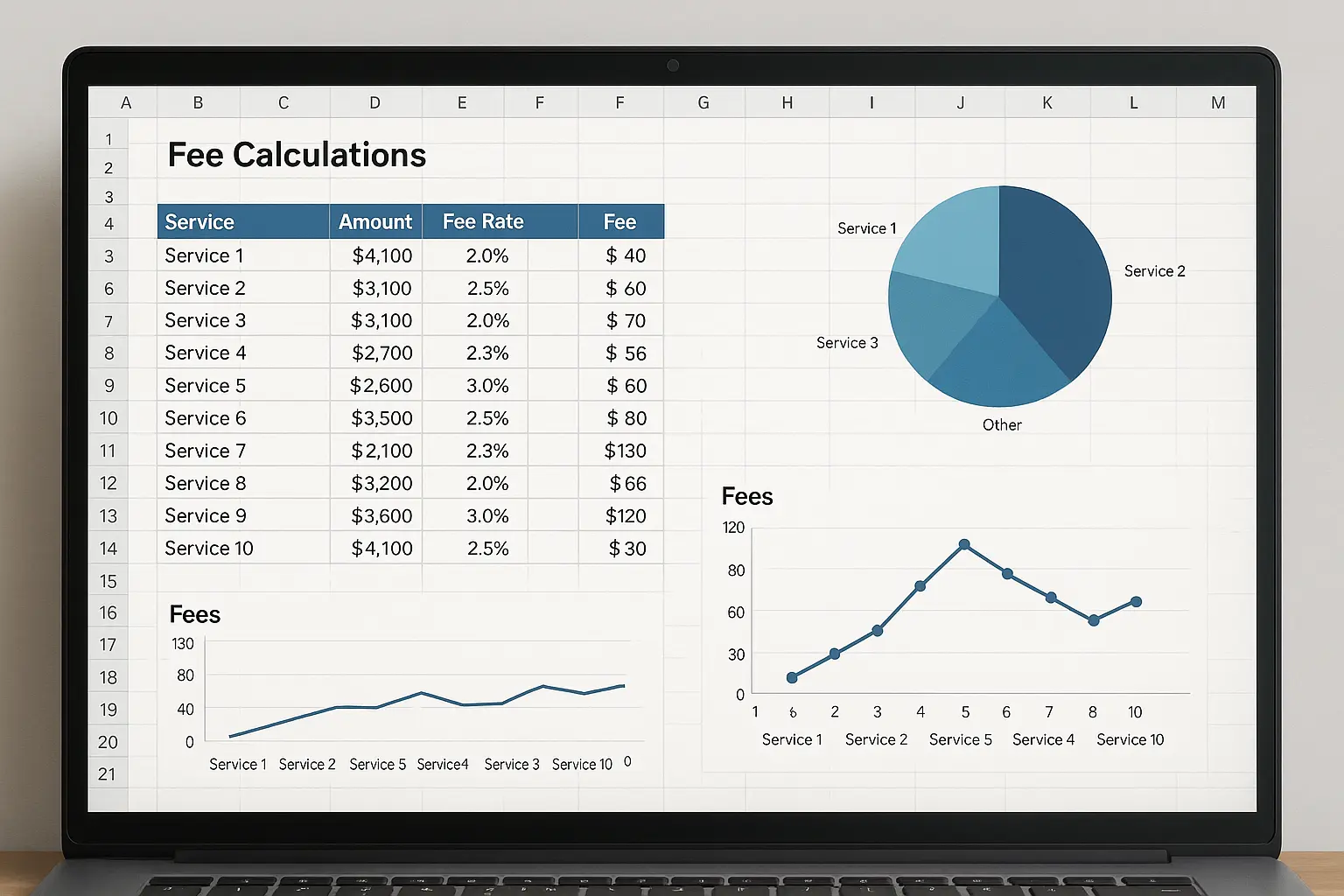
Pricing Strategies That Actually Work
Your pricing strategy determines whether you build a profitable business or work for free while Etsy collects fees. The most successful sellers use systematic approaches that account for all costs while remaining competitive in their markets.
Cost-Plus Pricing Foundation
Start by calculating your true costs: materials, packaging, time, and all etsy seller fees. Add your desired profit margin to determine your minimum viable price. This cost-plus approach ensures you’re profitable on every sale, even if you’re not maximizing revenue.
Don’t forget to value your time appropriately. If you’re spending 2 hours creating a product you sell for $20, and fees consume $3, you’re working for $8.50 per hour before accounting for materials. That’s not sustainable long-term, and honestly, you deserve better than that.
Material Cost Precision
Include all direct materials plus packaging, labels, and any tools or supplies that wear out over time. Many sellers underestimate these costs, leading to etsy pricing that feels profitable but actually generates losses.
Track your material costs over time as supplier prices fluctuate. What was profitable six months ago might be marginal today if your costs have increased but your prices haven’t adjusted accordingly.
Time Value Assessment
Figure out an hourly rate that reflects your skill level and desired income. Factor this into every pricing decision, treating your time as a real business expense rather than free labor.
Consider the full time investment: creating the product, photographing it, writing listings, customer service, and order fulfillment. The actual time per sale is often way higher than just production time.
Market-Based Reality Checks
Research competitor pricing regularly to ensure your cost-plus prices remain competitive. If your calculated price is way higher than market rates, you need to either reduce costs, improve perceived value, or find a different product niche.
Look beyond just price comparisons – analyze competitor features, quality, customer reviews, and positioning. Sometimes you can justify higher prices through superior quality or unique features.
Here’s a real scenario: A jewelry maker calculates their handmade bracelet costs: $8 materials, $3 packaging/shipping supplies, 1.5 hours at $15/hour ($22.50 labor), plus $3.78 in Etsy fees on a $35 sale = $37.28 total costs. To achieve a 30% profit margin, they need to price at $48.46, but market research shows competitors at $42-45. They must either reduce costs, improve perceived value, or accept lower margins. It’s a tough call, but at least they know the real numbers.
Strategic Pricing Cheat Sheet:
-
Calculate all material costs including waste/mistakes
-
Factor in packaging and shipping supplies
-
Value your time at appropriate hourly rate
-
Include all Etsy fees in calculations
-
Research competitor pricing and positioning
-
Test different price points with small batches
-
Monitor profit margins monthly
-
Adjust for seasonal cost fluctuations
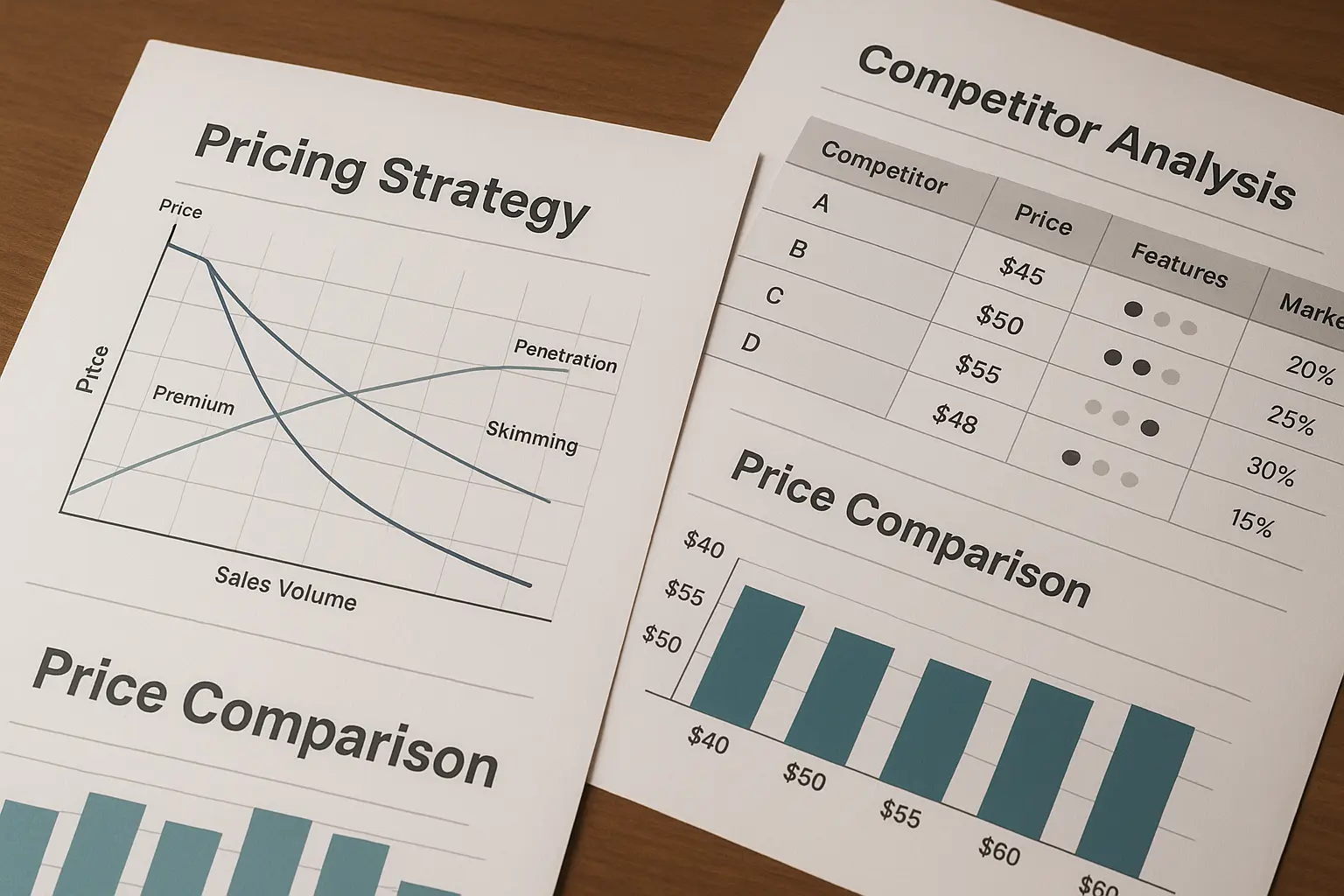
Fee Minimization: Smart Tactics for More Profit
Strategic fee minimization focuses on optimizing listing longevity through better SEO and presentation, creating product bundles to spread costs across higher transaction values, and encouraging larger orders through quantity discounts. These approaches reduce your effective fee rate without sacrificing sales volume or customer satisfaction. Similar to how SEO content tools optimize search performance, strategic Etsy optimization requires the right combination of keyword research, listing quality, and performance tracking to minimize etsy fees while maximizing visibility.
Listing Optimization for Longevity
Create listings that stay relevant and discoverable throughout their four-month lifespan. Use evergreen keywords that maintain consistent search volume rather than trending terms that might lose relevance quickly.
High-quality photos and detailed descriptions increase conversion rates, making each $0.20 listing fee more cost-effective. A listing that converts 5% of viewers generates much better ROI than one that converts 1%, even though both cost the same to maintain.
SEO Strategy for Sustained Visibility
Research keywords that have steady search volume throughout the year rather than seasonal spikes. Products that maintain consistent visibility require fewer paid advertising dollars to generate sales.
Use all available keyword spaces in your titles and tags, but focus on terms your target customers actually search for. Keyword stuffing with irrelevant terms won’t improve your visibility and wastes valuable listing space. An etsy calculator can help you determine the true cost per conversion for different keyword strategies.
Bundle and Volume Strategies
Create product bundles that increase your average order value while spreading listing fees across higher transaction amounts. A $50 bundle with three items is more fee-efficient than three separate $17 sales.
Offer quantity discounts that encourage larger orders. Selling 3 items to one customer is more profitable than selling 1 item each to three customers, even at a discount, because you save on payment processing fees and reduce your effective listing cost per item sold.
Multi-Item Listing Techniques
List complementary products together when possible, or create variations within single listings to maximize the value of each $0.20 listing fee. A single listing with multiple color options is more cost-effective than separate listings for each color.
Consider seasonal bundling strategies that group related items during peak buying periods. Holiday gift sets or back-to-school bundles can command premium prices while improving fee efficiency. Understanding etsy fees helps you structure these bundles for maximum profitability.
Fee Minimization Cheat Sheet:
-
Optimize listings for 4-month visibility
-
Use evergreen keywords over trending terms
-
Create product bundles to increase order values
-
Implement quantity discounts
-
Use variations instead of separate listings
-
Focus advertising spend on proven winners
-
Track effective fee rate monthly
-
Review and pause underperforming listings
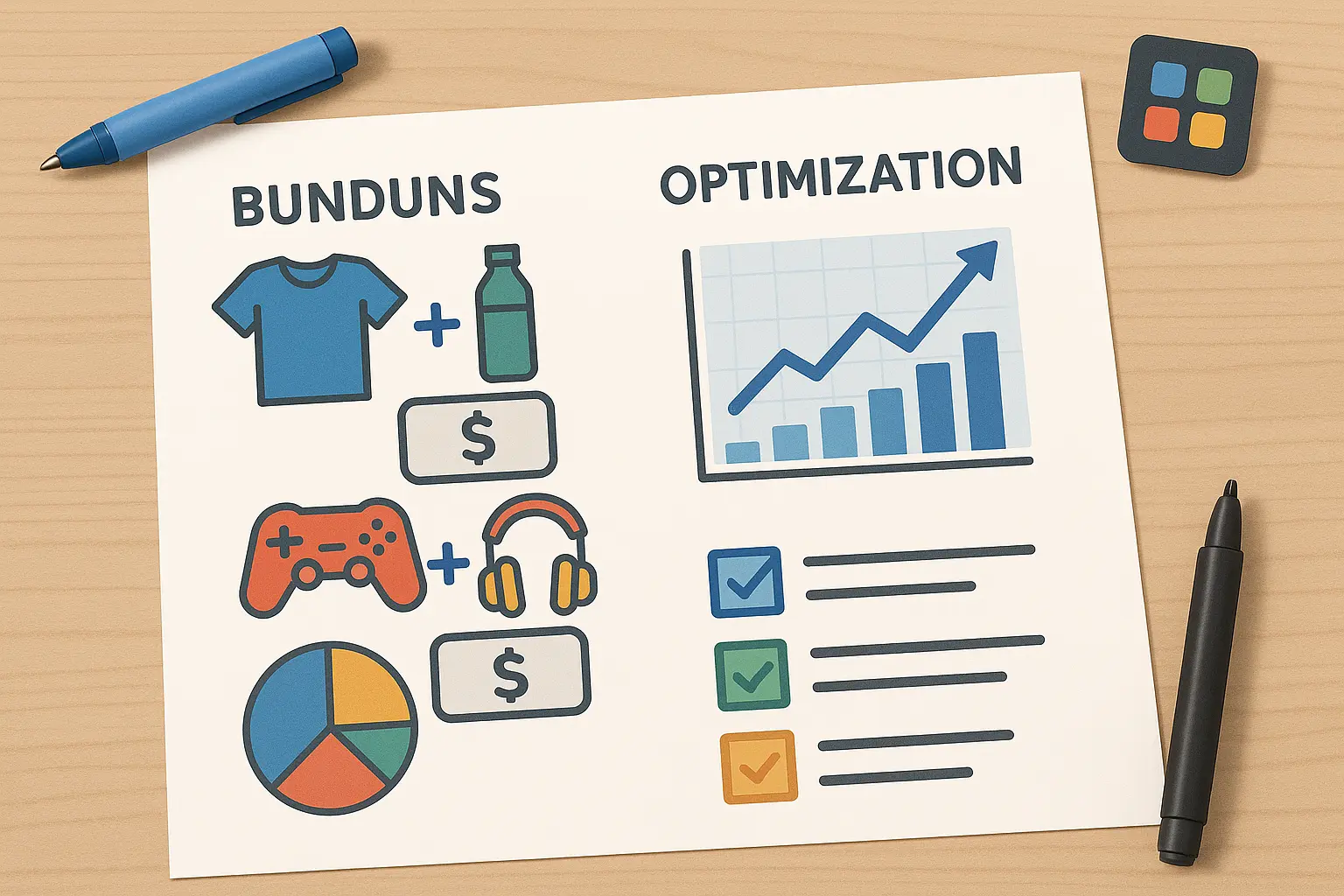
Tax Planning: Making Fees Work for You
All Etsy fees qualify as tax-deductible business expenses when properly documented and categorized. Maintaining detailed records of listing fees, transaction fees, and advertising costs throughout the year simplifies tax preparation while maximizing deductions that reduce your overall tax burden.
Documentation Requirements
Keep detailed records of every fee Etsy charges throughout the year. Your monthly statements provide comprehensive breakdowns, but organize them by category for easier tax preparation. Trust me, your future self will thank you.
Separate listing fees, transaction fees, payment processing charges, and advertising costs into distinct categories. This organization helps your accountant maximize your deductions and ensures you’re not missing any legitimate business expenses.
Business Expense Categorization
Properly categorize different fee types for accurate financial reporting. Listing fees fall under marketing expenses, while transaction and payment processing fees are cost of goods sold. Advertising costs have their own category and may qualify for additional tax benefits.
Work with a tax professional who understands e-commerce businesses. They can help you structure your record-keeping to maximize deductions while ensuring compliance with tax regulations. All etsy seller fees become valuable tax write-offs when properly documented.
Quarterly Planning Benefits
Track your fees quarterly rather than scrambling at year-end. This approach helps you estimate tax obligations and plan for any additional payments or refunds you might receive.
Consider how fee deductions offset your income throughout the year. Higher fee months might actually benefit your tax situation by reducing your quarterly estimated tax payments.
Tax Documentation Cheat Sheet:
-
Download monthly Etsy statements
-
Categorize fees by type (listing, transaction, processing, advertising)
-
Track total annual fee expenses
-
Maintain receipts for all business expenses
-
Consult with e-commerce experienced accountant
-
File quarterly estimated taxes if applicable
-
Review deduction opportunities annually
Long-Term Profitability: Scaling Without Bleeding Money
Building a sustainable Etsy business means planning for how fees will impact your profitability as you grow. What works at $1,000 monthly sales might not work at $10,000 monthly sales. Just as market sizing requires careful analysis of business opportunities, scaling an Etsy business demands thorough understanding of how fee structures impact profitability at different revenue levels.
Recent Etsy updates have introduced “order earnings” tools alongside their earnings calculator to help sellers fine-tune pricing strategies and make necessary changes to item and shipping prices, though the tool shares earnings after some costs but not all (like time and labor).
Scaling Considerations
As your business grows, you’ll face new fee structures like mandatory off-site ads once you hit $10,000 in annual sales. Plan for this transition by gradually increasing your prices or improving your profit margins before you’re forced into higher fee tiers.
Higher sales volumes can improve your overall fee-to-revenue ratio through economies of scale, but only if you’re strategic about which products you scale and how you manage your advertising spend. An etsy fee calculator 2025 should account for these scaling thresholds.
Volume Impact Analysis
Track your effective fee rate (total fees divided by total revenue) as your business grows. This metric helps you understand whether scaling is actually improving your profitability or just increasing your gross revenue while margins shrink.
Focus on scaling your most profitable products rather than just your best sellers. A product with 40% margins that sells 10 units monthly is often more valuable than a product with 15% margins that sells 30 units monthly.
Seasonal Fee Planning
Advertising costs typically spike during peak seasons like holidays, requiring adjusted pricing strategies and budget planning. Plan for these increases by building seasonal buffers into your pricing or temporarily reducing ad spend on lower-margin products.
Monitor your competitors’ pricing strategies during peak seasons. Many sellers raise prices during high-demand periods, which can provide cover for your own price increases to offset higher advertising costs. An etsy fee and profit calculator becomes essential for navigating these seasonal fluctuations.
Holiday Season Adjustments
Peak seasons bring higher advertising costs but also increased buyer willingness to pay premium prices. Balance these factors by focusing your advertising spend on your highest-margin products during expensive periods.
Consider creating seasonal product lines with higher profit margins specifically for peak periods. These premium offerings can justify higher advertising costs while maintaining profitability.
Long-Term Success Cheat Sheet:
-
Monitor effective fee rate monthly
-
Plan for mandatory off-site ads at $10K revenue
-
Build seasonal pricing buffers
-
Focus scaling on highest-margin products
-
Track competitor pricing strategies
-
Create premium seasonal offerings
-
Review and adjust pricing quarterly
-
Maintain detailed profitability records
How The Marketing Agency Can Transform Your Etsy Success
While mastering Etsy fee calculations is crucial, if you’re drowning in spreadsheets and still can’t figure out why you’re barely breaking even, maybe it’s time to get some help. I’ve worked with folks who were in the same boat – they understood the fees but couldn’t crack the code on sustainable profitability.
We apply the same scientific methodology that drives our clients’ digital marketing success to optimize Etsy businesses for maximum profitability. Our expertise in keyword intelligence translates directly to Etsy SEO optimization, helping you reduce listing renewal costs by improving organic visibility and conversion rates. We analyze your performance data in real-time, identifying which products justify higher advertising spend and which strategies minimize your effective fee burden.
Most importantly, we don’t just help you calculate fees – we help you build a sustainable, scalable Etsy business where fee optimization is one component of a comprehensive growth strategy rooted in data, not guesswork.
Tired of fees eating your lunch? Let’s chat about fixing this mess.
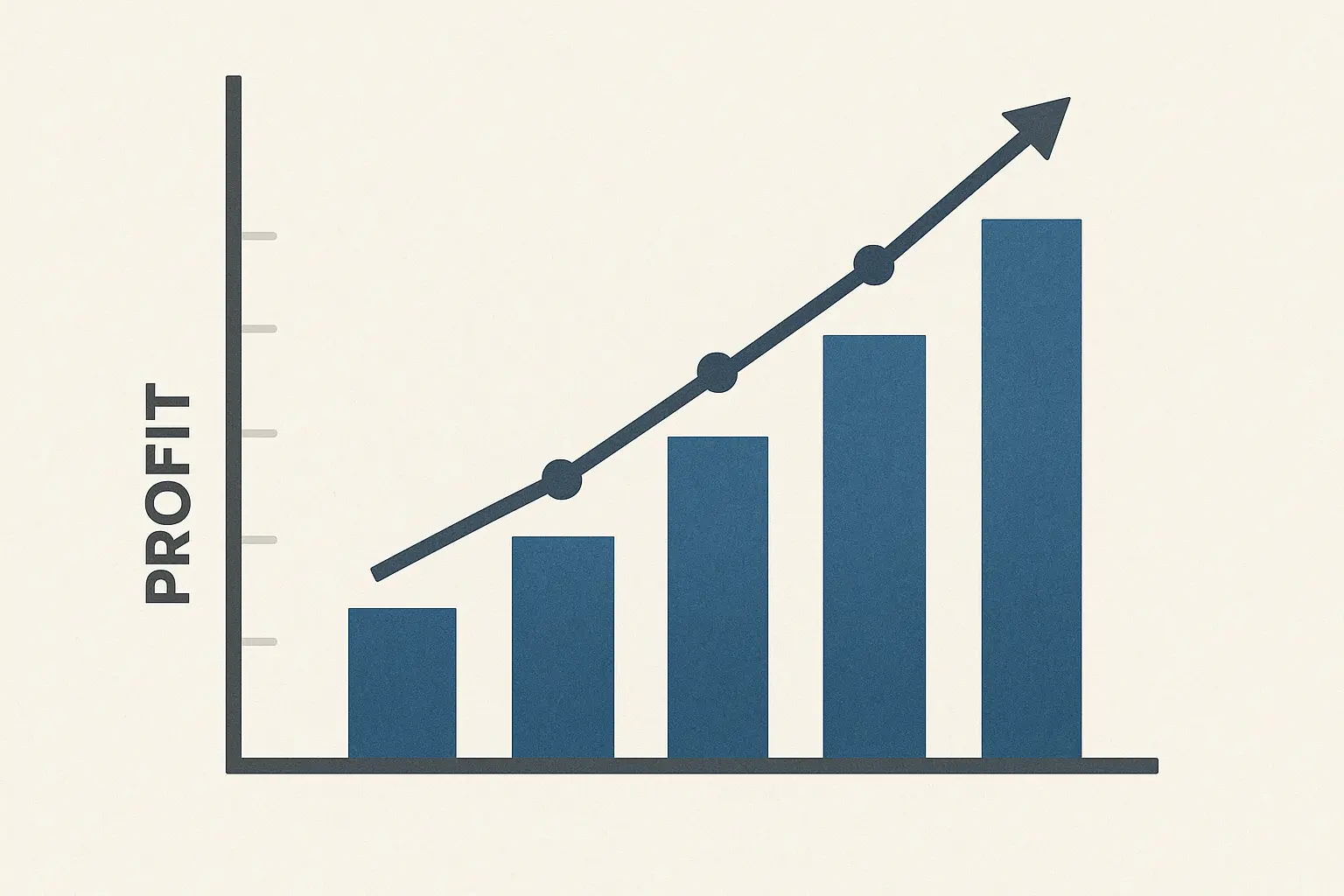
Final Thoughts
Etsy fees management isn’t just about minimizing costs – it’s about maximizing the value you get for every dollar you spend on the platform. The sellers who actually make money aren’t necessarily smarter than you – they just stopped treating fees like some mysterious force and started planning for them.
Your relationship with Etsy’s fee structure will evolve as your business grows. What matters most is building systems and strategies that adapt to changing fee structures while maintaining profitability. Whether you’re calculating fees manually or using sophisticated digital tools, the goal remains the same: making informed decisions that support sustainable business growth.
Remember that every fee you pay to Etsy is a tax-deductible business expense. Proper documentation and categorization can significantly reduce your tax burden while providing valuable insights into your business performance. This dual benefit makes fee tracking an investment in your business rather than just an administrative burden.
Look, the sellers who thrive long-term treat fee optimization as an ongoing process rather than a one-time calculation. Regular review of your fee efficiency, pricing strategies, and profitability metrics ensures you’re building a business that thrives regardless of platform changes or market fluctuations. Understanding etsy seller fees completely transforms how you approach every aspect of your business, from product development to customer acquisition.
I spent my first year on Etsy basically working for free because I had no clue what these fees were actually costing me. Don’t be me. Take the time to understand this stuff now, and you’ll thank yourself later when you’re actually making money instead of just staying busy.



